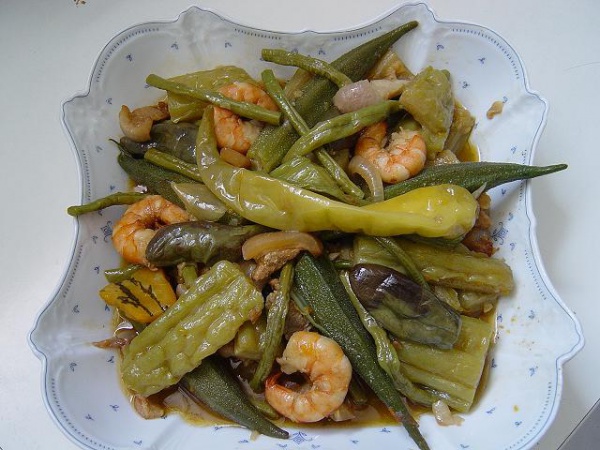Facts About Pinakbet
Pinakbet: A Flavorful Filipino Vegetable Medley
Pinakbet is a cherished traditional dish from the northern regions of the Philippines, celebrated for its rich flavors and hearty mix of vegetables. The name "pinakbet" derives from the Ilokano word "pinakebbet" meaning "shriveled" which describes the way the vegetables are cooked down to create the dish.
Key Ingredients and Variations
At its essence, pinakbet features a variety of vegetables simmered in either fish or shrimp sauce. The original Ilocano version uses fermented fish such as *monamon* for seasoning. In contrast, in the southern parts of the Philippines, *bagoong alamang* (fermented shrimp paste) is more commonly employed. Essential vegetables include bitter melon, eggplant, tomato, okra, string beans, chili peppers, parda, and winged beans.
Additional ingredients like root crops, beans, and the young pods of marunggay (moringa) can also be incorporated. The dish is typically seasoned with ginger, onions, and garlic. If you're making a Tagalog version of pinakbet, you might include calabaza (squash) for an additional hint of sweetness.
Cooking and Serving
Most of the vegetables used in pinakbet are easily accessible and often grown in Ilocano households. The dish is cooked until the vegetables are nearly dry and shriveled, which intensifies their flavors. In the Tagalog version, shrimp paste is commonly used to enhance the taste. For an extra layer of flavor, some cooks add meats like lechon (roast pork), chicharon (crispy pork skin), or pork slices.
A Nutritious and Flavorful Dish
Pinakbet is not just a delicious meal; it is also packed with nutrients, thanks to the variety of fresh produce. This dish brilliantly showcases the richness and diversity of Filipino cuisine, emphasizing the freshness and quality of local ingredients. Whether you adhere to the traditional recipe or add your own flair, pinakbet is sure to be a hit at any table.
